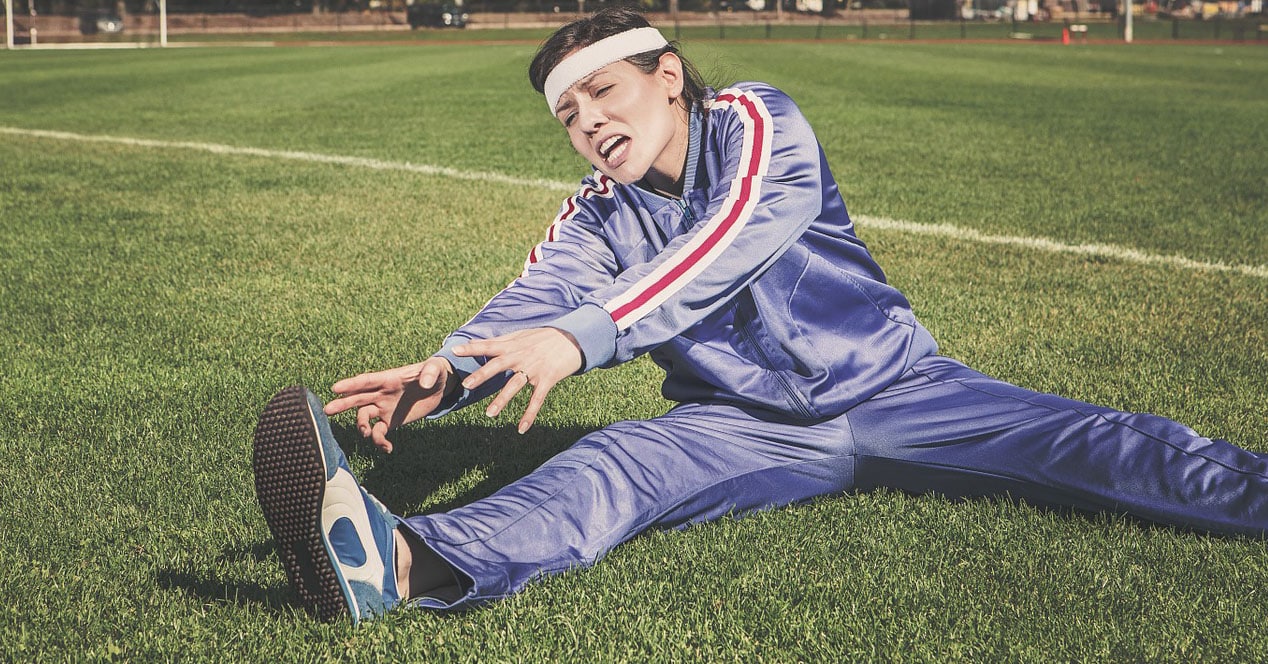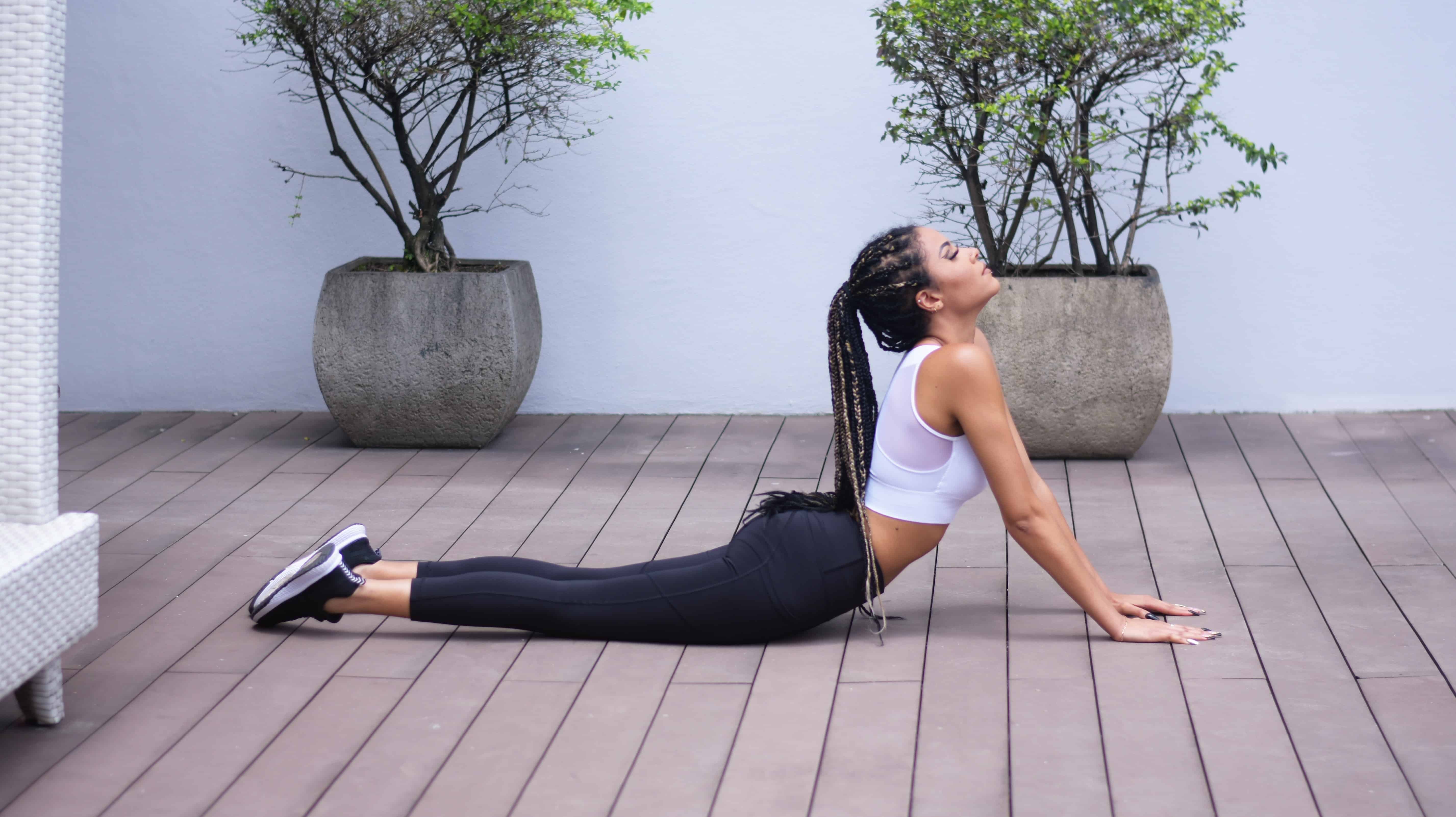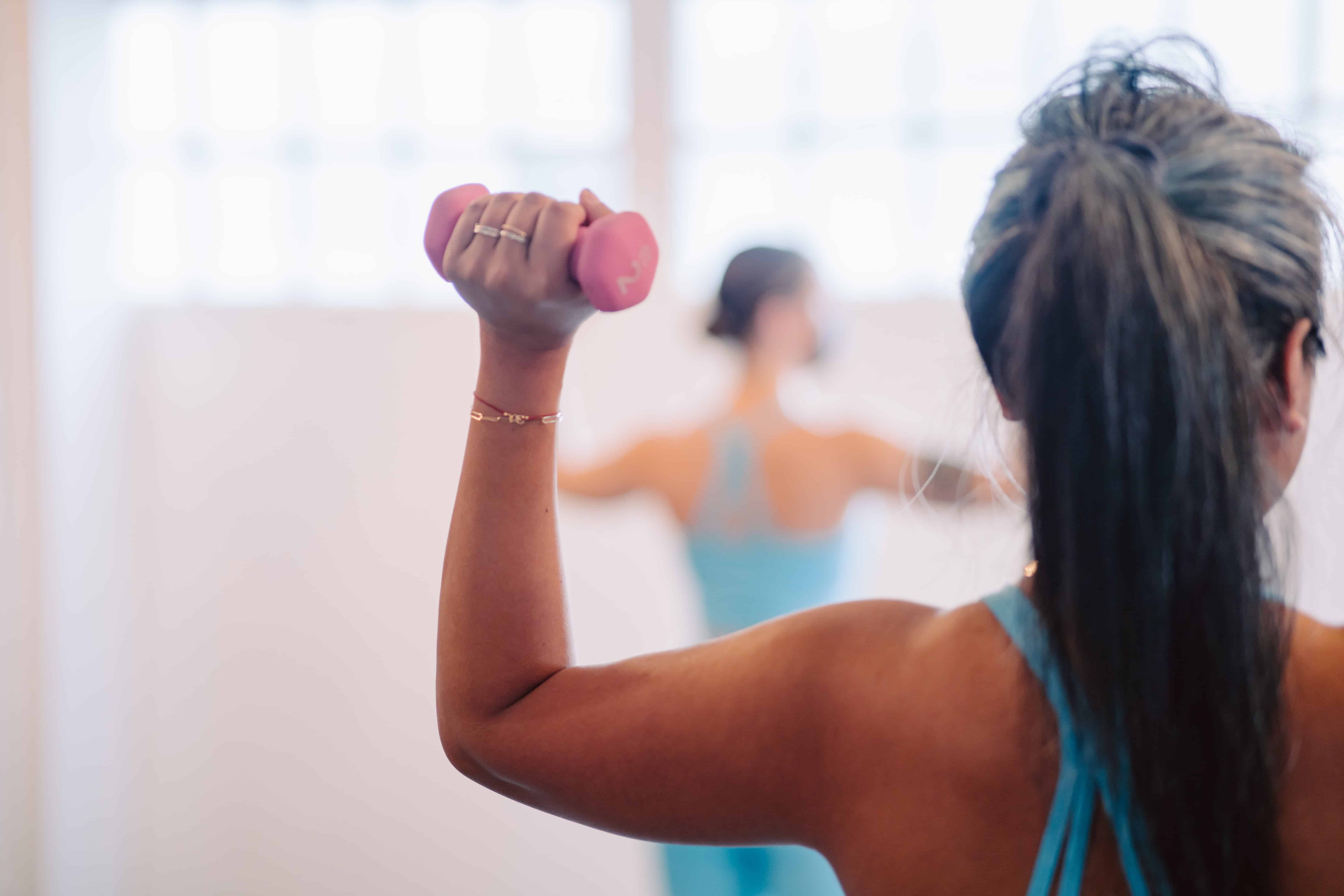
At some time in our lives we have suffered that annoying soreness pain. Either for having changed the training routine or for starting to play sports after a long time settled in a sedentary life.
Do you want to know what exactly they are and how you can avoid them? I'm sure you hate the feeling of not being able to squat without pain from doing squats, so take note.
What are shoelaces?
Years ago, soreness was believed to be caused by the buildup of lactic acid crystals in exercised muscles. These crystals punctured the muscle and produced the famous pain. At present this theory has been discarded for several reasons:
- Lactic acid requires a temperature of -5ºC to crystallize. Furthermore, lactic acid crystals were never found in muscle biopsies.
- Patients with McArdle's disease, who are unable to produce lactic acid, also suffered from soreness.
- Lactate levels are the same before and after exercise.
The most widely accepted theory today is that pain is produced by the inflammatory reaction of various micro-tears in muscle and tendon fibers. It happens when our muscle is not prepared or used to the intensity of the training.
The stiffness appears between 24 and 72 hours after having done some high-intensity exercise and repetitive movements.

Differences between shoelaces and injury
The main key to knowing if we have an injury or stiffness is to know the intensity of the pain and the time it has taken to appear. The pain that we suffer in an injury is more acute, intense and has an instantaneous appearance; however, soreness usually appears about 24 hours after you finish training. In addition, they usually cause a decrease in strength in the affected area, but without prohibiting movement.
Muscle pain is different from injury. In the first case, there is sensitivity when touching the muscles, a feeling of tiredness or burning when exercising, a minimal sensation of numbness, tension and pain at rest. On the other hand, in injuries the pain is acute, both during exercise and at rest.
Shoelaces usually last for a maximum of three days, but an injury can last indefinitely if not treated early. In addition, muscle pain is only in this type of tissue, while injuries can also occur in joints.
Tricks to reduce lactic acid in muscles
From here we assure you that the glass of water with sugar is useless. It used to be thought that it relieved soreness because the sugar water dissolved the crystals that were supposed to ache in the muscles. If you can't stand the pain, the most effective thing is to take anti-inflammatories, apply cold, anti-inflammatory creams and perform massages. But if you can handle it, avoid taking medication; You know that in a few days the pain will pass.
Having stiffness doesn't mean you have to stop training, the other way around. Performing the same type of exercise increases blood flow to the painful area, which decreases metabolites and somewhat relieves pain. The best way to prevent its appearance is to warm up well and start with a low intensity. You will need to work your muscles and gain flexibility before increasing the intensity of your workouts.
However, below we give you the best tips to reduce the accumulation of lactic acid in the muscles.
Stay hydrated
Make sure you stay hydrated before, during, and after intense exercise. Proper hydration is important when exercising because it can help replace fluids you lose with exercise, rid the body of lactic acid, allow nutrients to create energy, soothe sore muscles, prevent muscle cramps, and keep the body running at optimal levels.
Experts recommend drinking at least eight glasses of water a day, and increase this amount when you exercise. However, the exact dose will depend on each person.
rest between workouts
While regular exercise can help you maintain consistency, getting enough rest between workouts is important for muscle recovery. It also gives your body a chance to break down any excess lactic acid.
Get at least one full rest day a week. It's okay to do some light exercise or movement on rest days, just do it at a minimal intensity.

learn to breathe well
It is important to improve your breathing technique. Athletes who practice breathing exercises increase their athletic performance without increasing lactic acid levels. To perform a simple breathing technique, slowly inhale through your nose and exhale through your mouth. You may want to hold your breath for a few seconds after each inhalation, but only do this if you feel comfortable.
Practice these breathing techniques while you exercise and throughout the rest of the day. This can help bring more oxygen to the muscles, slowing down lactic acid production and helping to release any buildup.
Warm up and stretch to relieve soreness
Take the time to warm up and stretch your muscles before and after your workout. Doing some light stretching in the morning and at night can also help. Even if it's just for a few minutes at a time, your muscles will thank you.
Stretching can help stimulate circulation, increase flexibility, and relieve tension. This helps bring more oxygen to the muscles, which can reduce lactic acid production and eliminate lactic acid buildup in the muscles.
consume magnesium
Increasing your magnesium intake can help prevent and relieve muscle pain and spasms that can accompany lactic acid buildup. It can also help optimize energy production so your muscles get enough oxygen while you exercise.
Foods rich in magnesium are nuts, legumes, and green leafy vegetables. Taking a bath of magnesium flakes or Epsom salt is another way to absorb magnesium. It can also help promote relaxation, increase energy levels, and relieve pain, especially if you do it regularly.
Drink orange juice for stiffness
Drinking a glass of orange juice before training can be beneficial in reducing lactate levels and improving athletic performance. Some studies have shown that orange juice gives lower levels of lactic acid, which suggests that athletes will have less muscle fatigue. It also shows better physical performance and less cardiovascular risk.
Some researchers believe that these improvements were due to the participants' increased intake of vitamin C and folic acid. However, more research is needed to confirm these results.